What lies beneath Loch Lomond?
BGS geoscientists have visualised what lies beneath the waves of Loch Lomond, revealing an image of the loch bed and various sedimentary features of the subsurface.
17/10/2023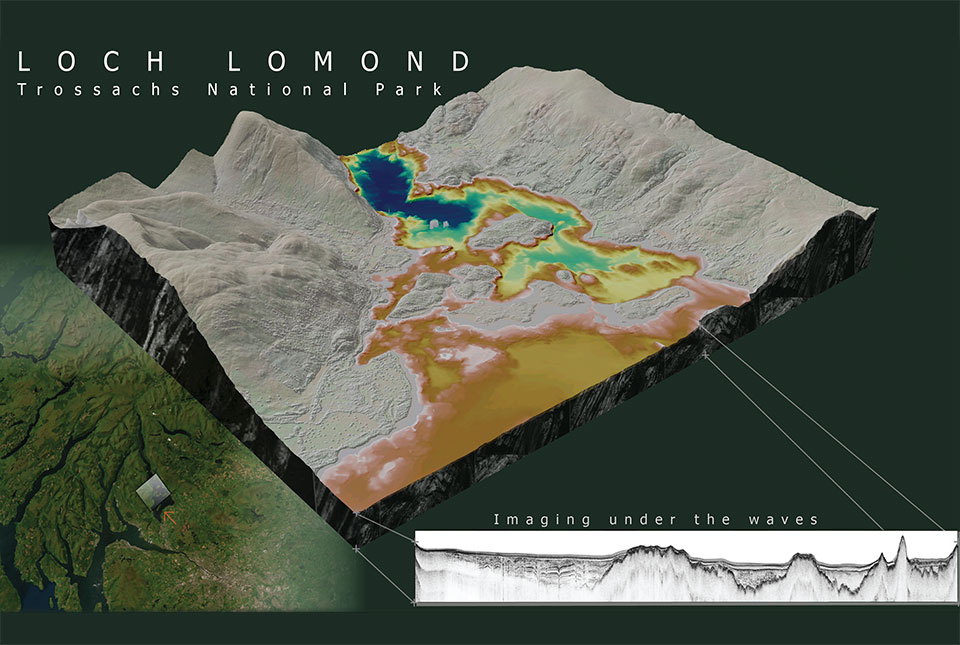
Loch Lomond is a freshwater lake at the heart of the Loch Lomond and Trossachs National Park in the south-west highlands of Scotland. It is surrounded by beautiful landscapes and vistas influenced by past ice ages.
Using seismic data, marine geoscientists at BGS have discovered a new sedimentary unit buried in deposits beneath the loch, giving new insights into its past glacial history.
Scotland in the last ice age
Much of the highlands of Scotland were covered by an extensive mountain ice cap 12 900 to 11 700 years ago, during the last period of cold climate (known as the Younger Dryas or the Loch Lomond Stadial). Decades of onshore research have shown how past ice ages have shaped the landscape of Loch Lomond, including carving of the present-day loch itself and its surroundings through processes such as erosion and deposition. However, this new dataset provides an interpretation of the stratigraphy now buried beneath the loch.
Mapping the loch bed and subsurface features
BGS used multibeam bathymetry surveys to gather detailed information about the features on the loch bed. The data revealed a series of flat-topped and prograding features (or the growth of a river delta further out into the sea over time) and ancient glacial geomorphological features. These features include drumlins, which are oval-shaped hills largely composed of glacial drift that form parallel to the direction of ice flow, and streamlined bedrock, created by glacial restructuring of hard beds that produces a collection of extended rock landforms, interpreted as showing the direction of the palaeo-ice advance.
It’s been incredibly exciting to have had the opportunity to interpret these datasets and present the loch surface and subsurface in a way we’ve never seen before. The seismic mapping and interpretation of the Inchmurrin Formation helps us understand past landscapes and geological events that are now buried under the loch bed. We are keen to undertake further research in and around the area, building on the seismostratigraphical framework that we observe in Loch Lomond.
Nicola Dakin, BGS marine geoscientist.
BGS geoscientists used seismic data to map the subsurface of the loch. Seismic data uses sound waves, which travel through buried layers of sediment, forming an acoustic image based on density variations between different sediment types. We interpreted the acoustic signature, linking sedimentary processes and depositional environments to past climatic cycles. This provided a framework to create an updated chronostratigraphy within the loch.
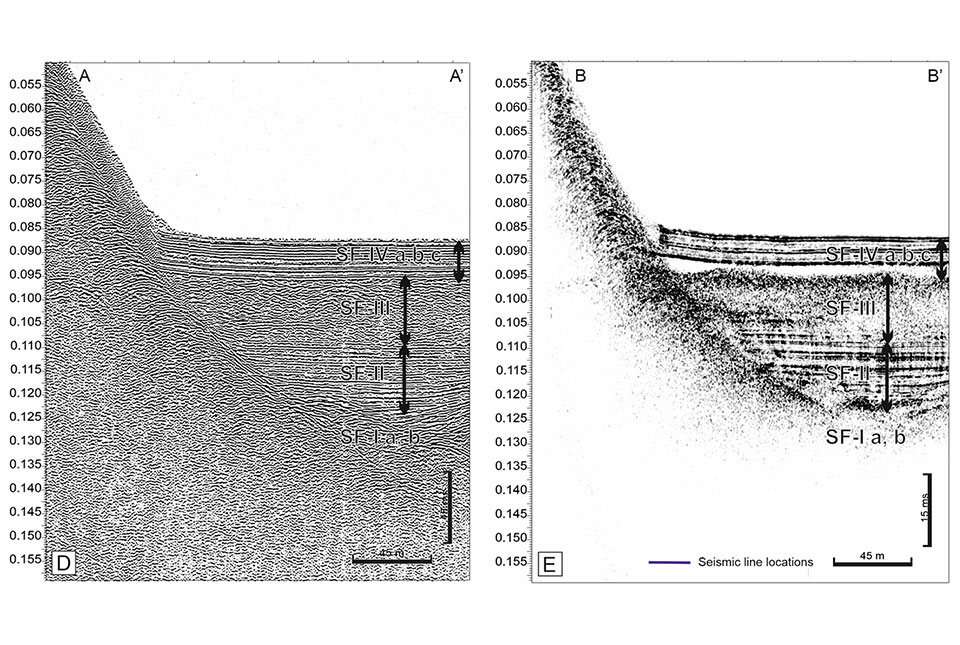
(A) Boomer and (B) EdgeTech data enabled a visual comparison of the stratigraphy imaged by different acquisition systems BGS © UKRI.
What did the survey reveal?
- during glacier advance associated with the cold Younger Dryas climate, glacial landforms were shaped underneath the ice; these can now be identified at the base of the sedimentary succession, up to 60 m below the loch bed surface
- as the ice retreated, vast volumes of water and sediment were released into the loch, leaving a sequence of layered sediments up to 44 m thick
- immediately after deglaciation of the area, exposure of steep loch margins likely resulted in landslides into the loch, producing a unit that is shown as a transparent layer in the seismic data and can represent up to 50 per cent of the sediment fill in places — we have named this new unit the ‘Inchmurrin Formation’
- as the climate transitioned from the early Holocene to the present day, a final phase of lacustrine sedimentation followed, depositing up to 127 m of the youngest, layered, grey-brown lake sediments
Global value of this work
Work is continuing to build understanding of other lochs in the area. The Loch Lomond dataset is a valuable resource that could enable BGS to offer insights into the extent and rates of landscape adjustment that accompanied the transition from glacial to non-glacial conditions. Such findings are of global importance when considering landscape stability and potential future geohazards in regions that are undergoing rapid deglaciation, such as around the European Alps, Himalayas and New Zealand’s Southern Alps.
About the author

Nicola Dakin
Marine geoscientist
Relative topics
Related news
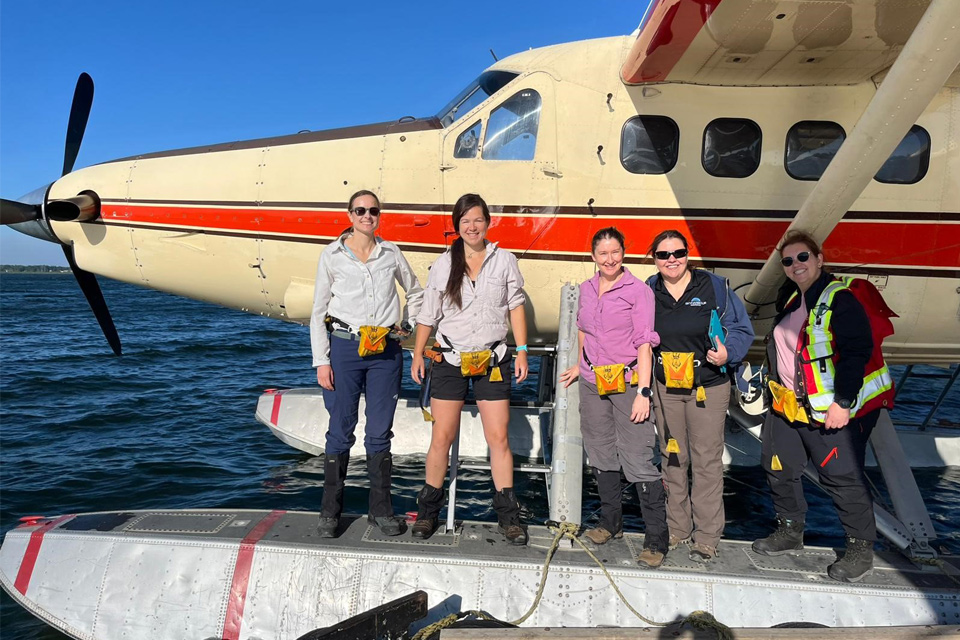
Funding awarded to UK/Canadian critical mineral research projects
08/07/2025
BGS is part of a groundbreaking science partnership aiming to improve critical minerals mining and supply chains.
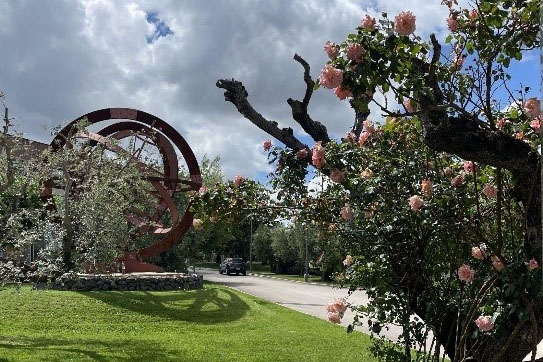
AI and Earth observation: BGS visits the European Space Agency
02/07/2025
The newest artificial intelligence for earth science: how ESA and NASA are using AI to understand our planet.
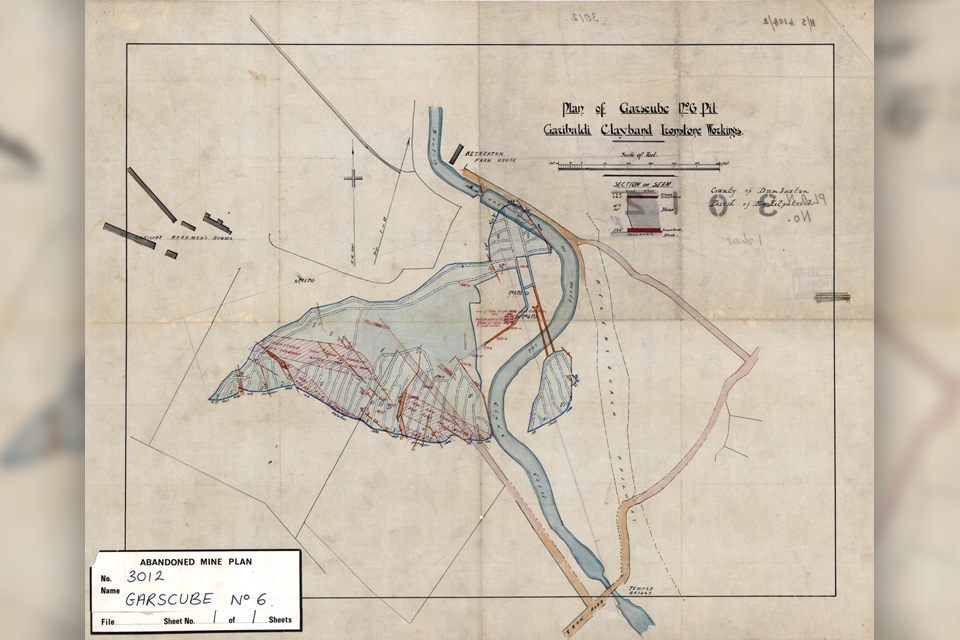
Release of over 500 Scottish abandoned-mine plans
24/06/2025
The historical plans cover non-coal mines that were abandoned pre-1980 and are available through BGS’s plans viewer.
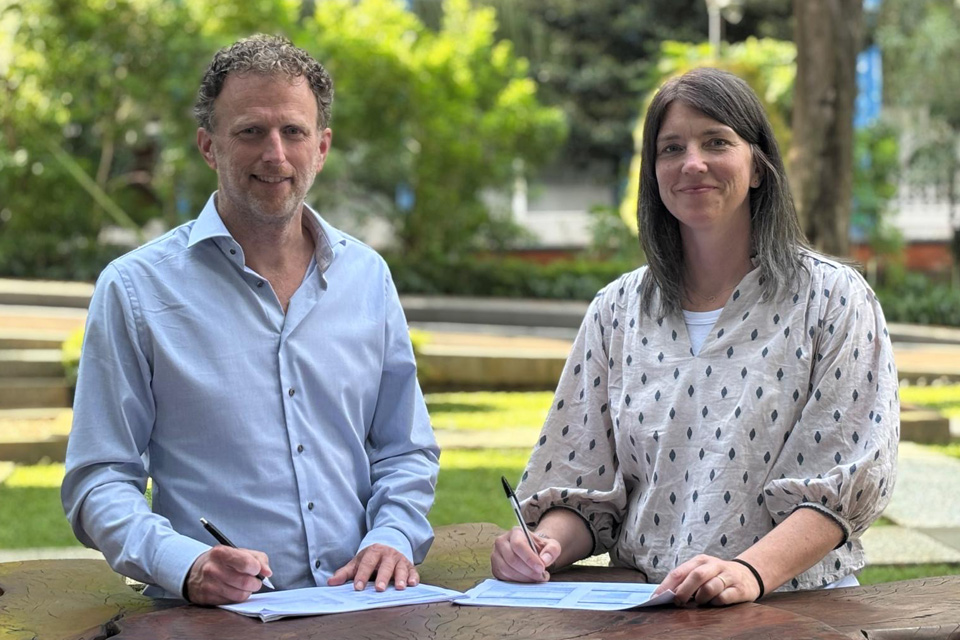
New collaboration aims to improve availability of real-time hazard impact data
19/06/2025
BGS has signed a memorandum of understanding with FloodTags to collaborate on the use of large language models to improve real-time monitoring of geological hazards and their impacts.
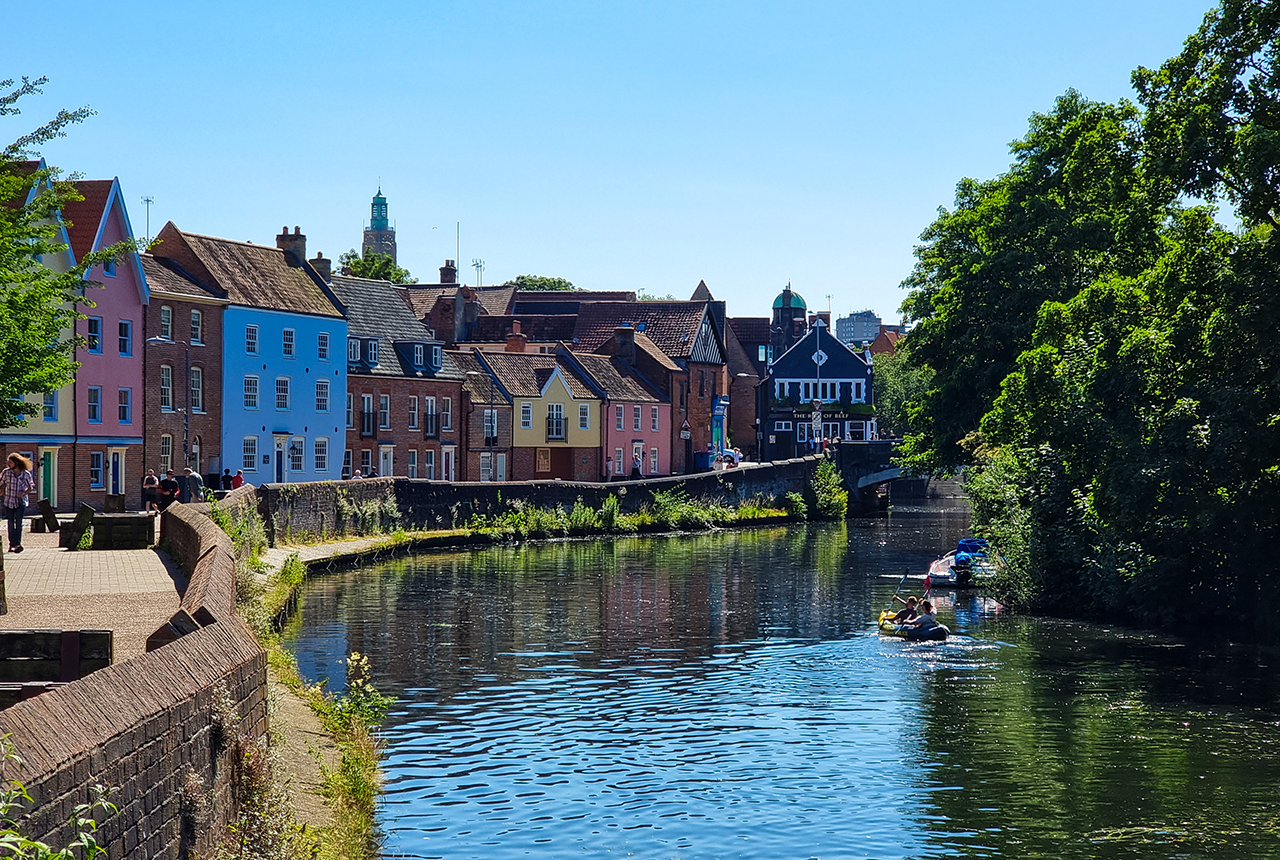
Modern pesticides found in UK rivers could pose risk to aquatic life
17/06/2025
New research shows that modern pesticides used in agriculture and veterinary medicines have been found for the first time in English rivers.
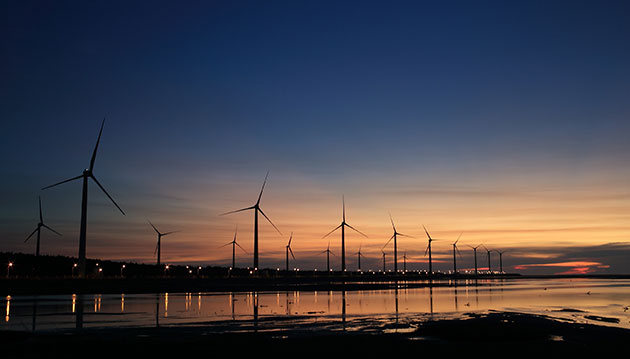
Goldilocks zones: ‘geological super regions’ set to drive annual £40 billion investment in jobs and economic growth
10/06/2025
Eight UK regions identified as ‘just right’ in terms of geological conditions to drive the country’s net zero energy ambitions.
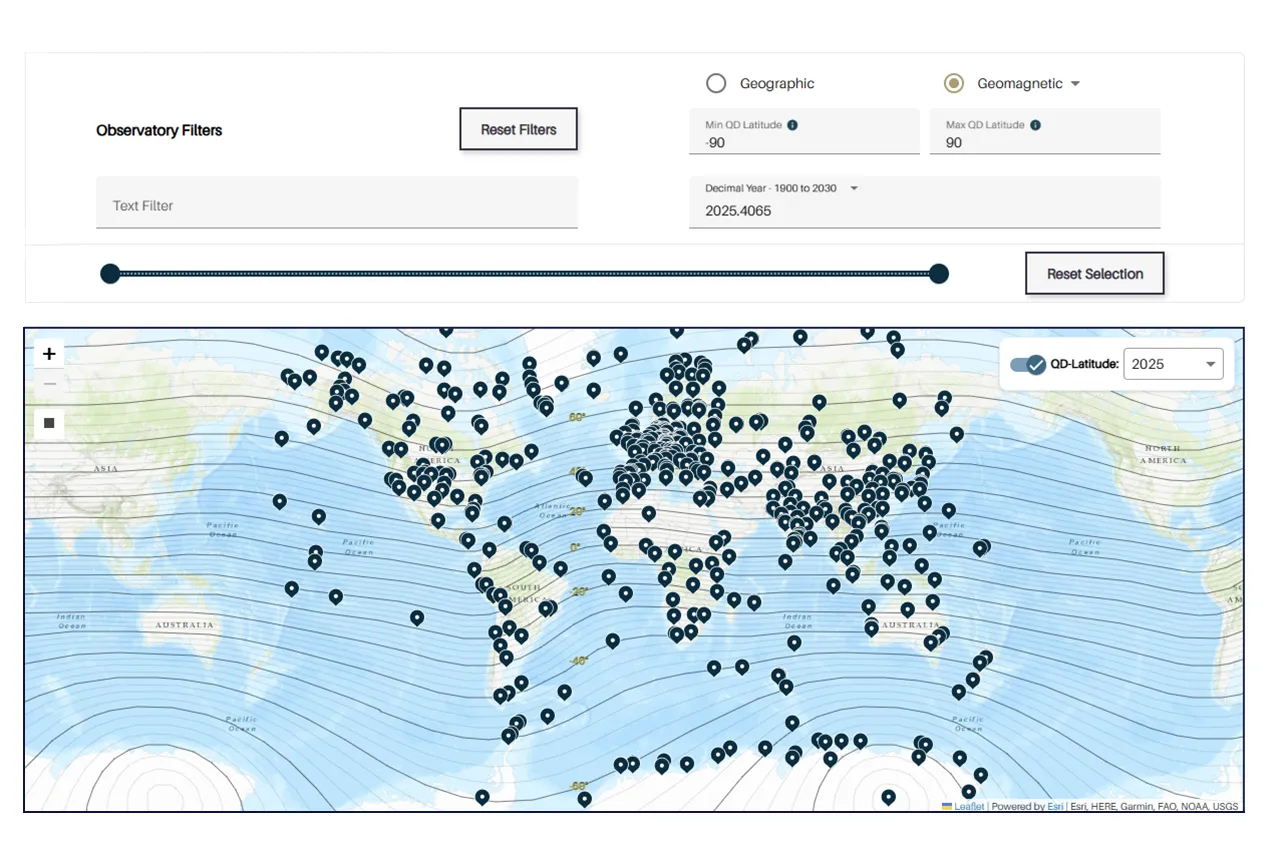
Upgraded web portal improves access to geomagnetism data
02/06/2025
BGS’s geomagnetism portal, which holds data for over 570 observatories across the world, has received a significant update.
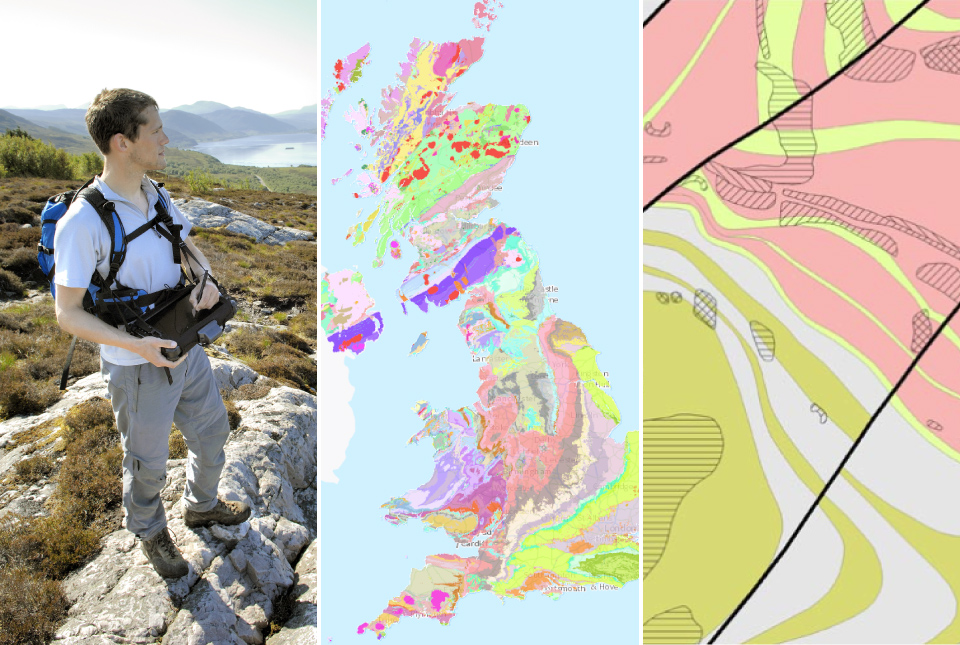
BGS digital geology maps: we want your feedback
29/05/2025
BGS is asking for user feedback on its digital geological map datasets to improve data content and delivery.
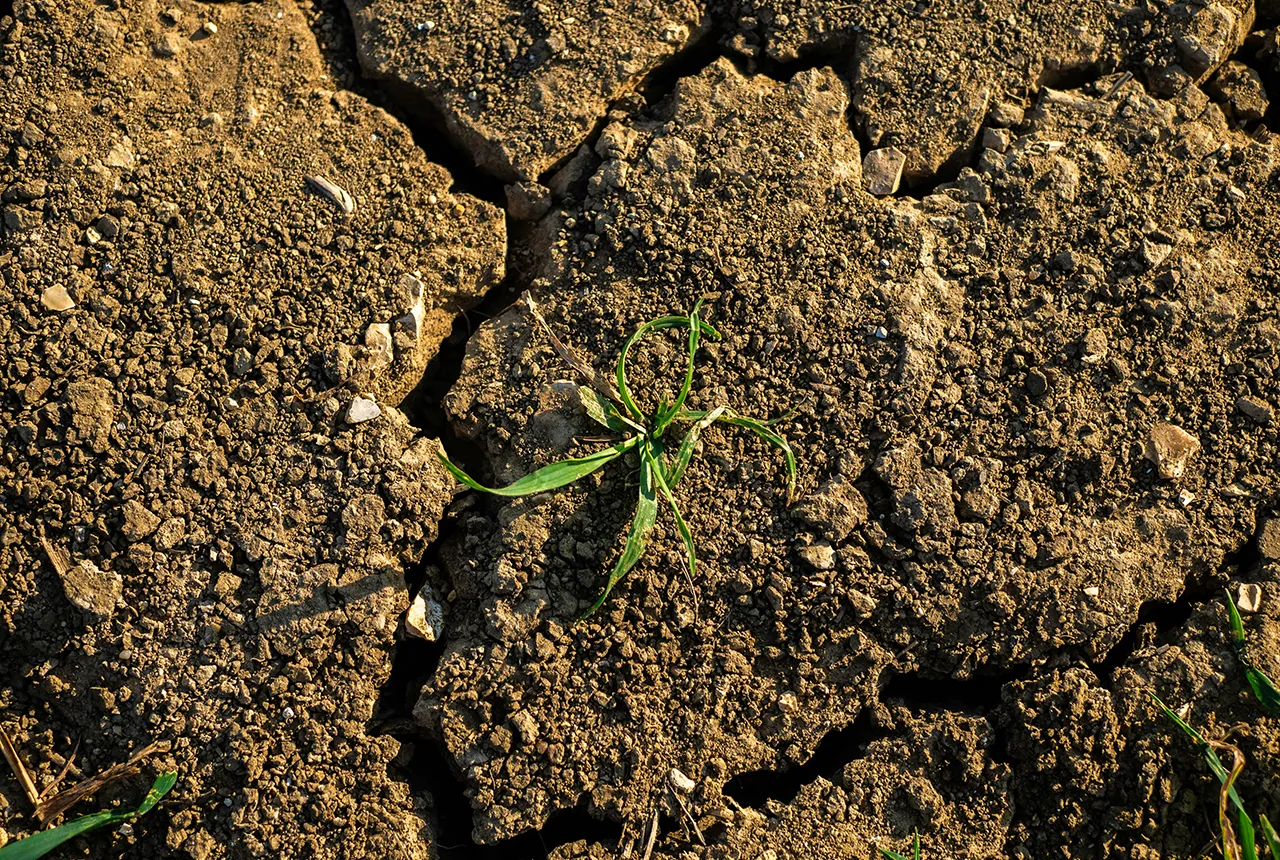
What is the impact of drought on temperate soils?
22/05/2025
A new BGS review pulls together key information on the impact of drought on temperate soils and the further research needed to fully understand it.

UK Minerals Yearbook 2024 released
21/05/2025
The annual publication provides essential information about the production, consumption and trade of UK minerals up to 2024.

BGS scientists join international expedition off the coast of New England
20/05/2025
Latest IODP research project investigates freshened water under the ocean floor.

New interactive map viewer reveals growing capacity and rare earth element content of UK wind farms
16/05/2025
BGS’s new tool highlights the development of wind energy installations over time, along with their magnet and rare earth content.




